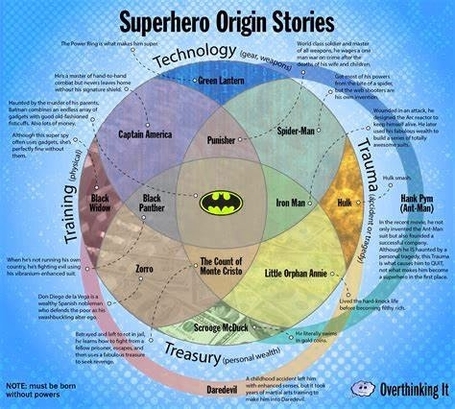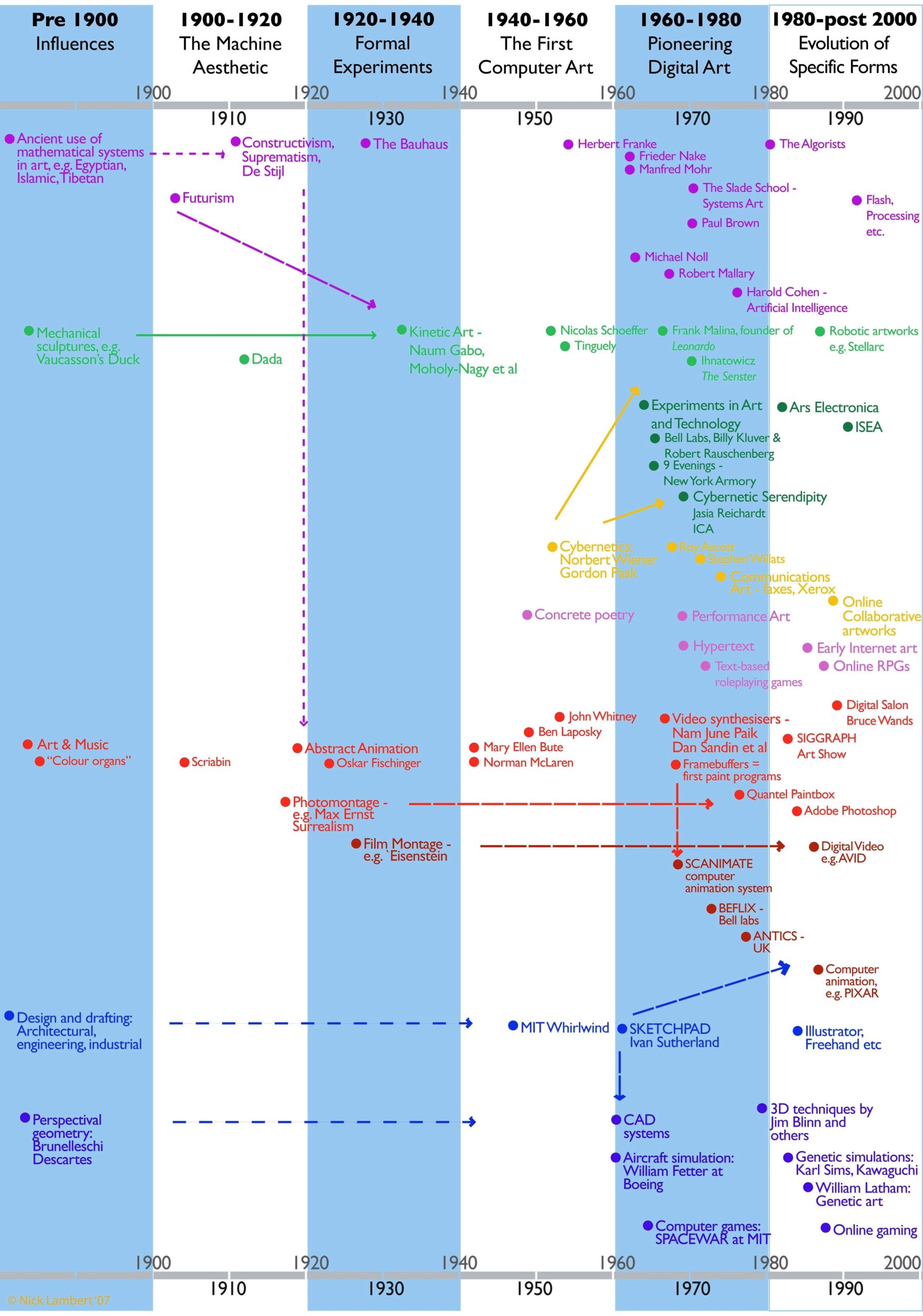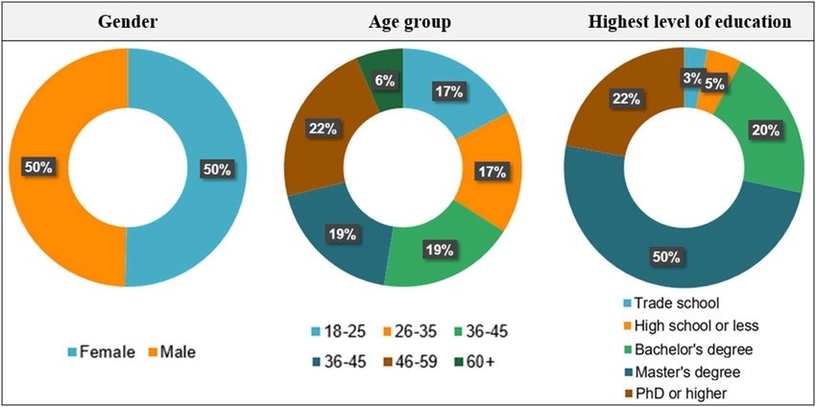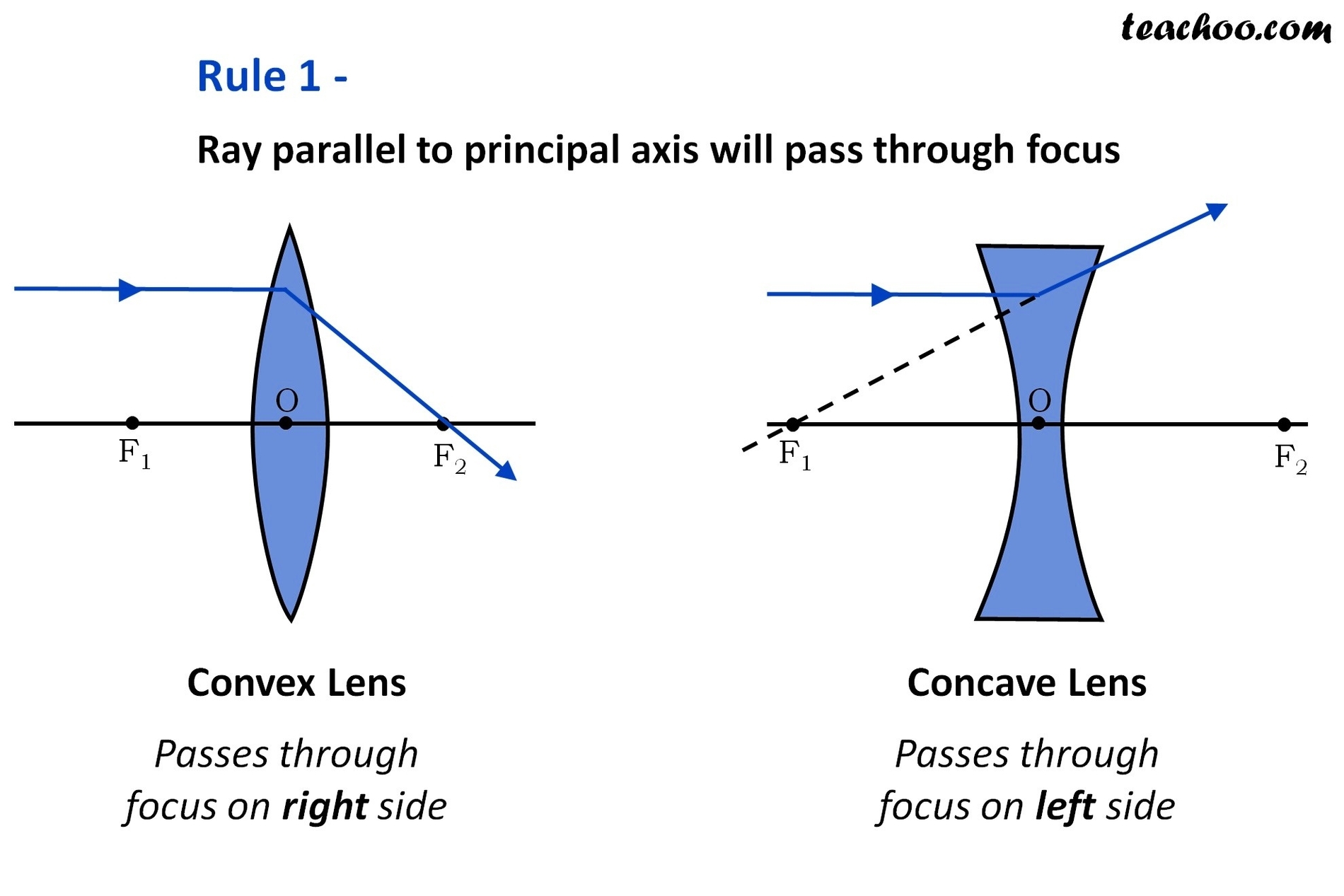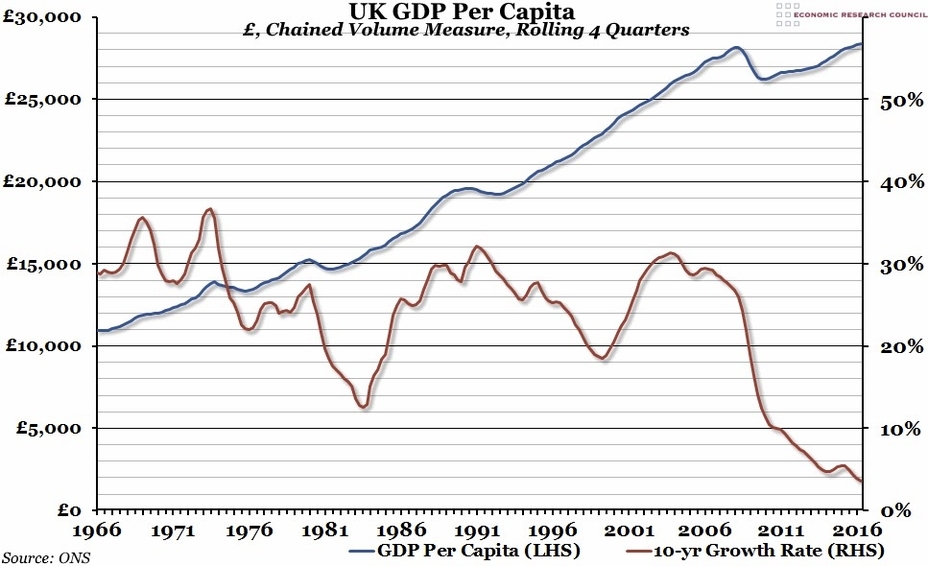The origin stories of heroes and villains have been a staple of storytelling for centuries. They provide a glimpse into the character’s past, their motivations, and the events that led them to become who they are. The concept of a hero or villain is subjective and varies depending on the culture, time period, and individual perspective .
Heroes are often portrayed as individuals who possess extraordinary abilities or qualities that enable them to overcome adversity and protect others. They are often depicted as selfless, compassionate, and guided by a strong moral compass. The origin stories of heroes often involve a traumatic event that triggers their transformation into a hero. For example, in the case of Batman, the murder of his parents led him to become a vigilante who fights crime in Gotham City . Similarly, Spider-Man’s origin story involves the death of his uncle, which motivates him to use his powers to fight crime and protect the innocent .
Villains, on the other hand, are often portrayed as individuals who use their abilities or qualities for personal gain at the expense of others. They are often depicted as selfish, manipulative, and lacking in empathy. The origin stories of villains often involve a traumatic event that triggers their transformation into a villain. For example, in the case of the Joker, his origin story involves a chemical accident that disfigures his face and drives him insane . Similarly, the origin story of Magneto involves the traumatic experience of surviving the Holocaust, which leads him to develop a deep-seated hatred for humanity and a desire to dominate the world .
The origin stories of heroes and villains are not always straightforward and can be subject to interpretation. For example, the character of Walter White from the television series Breaking Bad is initially portrayed as a mild-mannered high school chemistry teacher who turns to drug dealing to provide for his family after being diagnosed with cancer. Over the course of the series, he transforms into a ruthless drug lord who is willing to do whatever it takes to protect his empire . In this case, the line between hero and villain is blurred, and the audience is left to decide for themselves which category Walter White falls into.
In conclusion, the origin stories of heroes and villains are an integral part of storytelling. They provide insight into the character’s past, motivations, and the events that led them to become who they are. While the concept of a hero or villain is subjective, they are often depicted as individuals who possess extraordinary abilities or qualities that enable them to overcome adversity and protect others, or individuals who use their abilities or qualities for personal gain at the expense of others. The line between hero and villain is not always clear-cut and can be subject to interpretation, which adds depth and complexity to the characters and the stories they inhabit.
